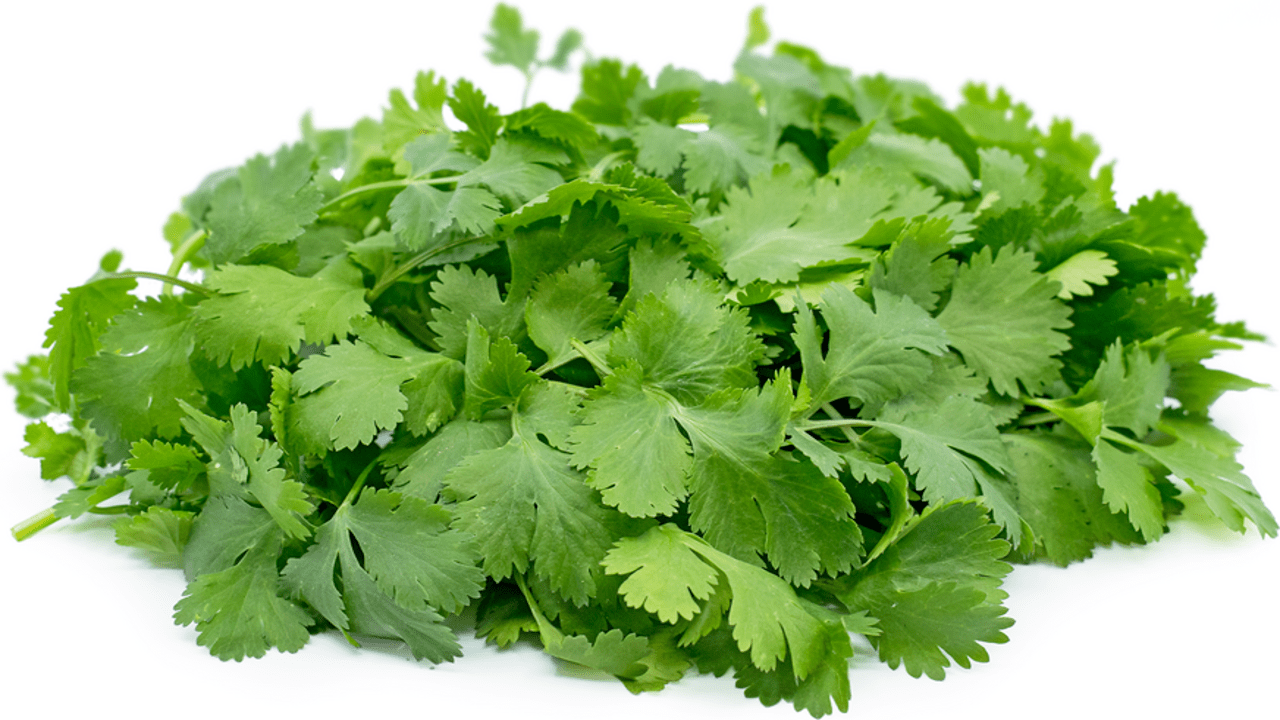

coriander vs. cilantro: The terms “coriander” and “cilantro” may appear when you’re researching the culinary world, particularly in dishes from various cultures. Many people may find these names puzzling, wondering if they are referring to entirely separate components or the same thing. In a nutshell, the answer is both no and yes. Let’s examine the differences, applications, and cultural importance of cilantro and coriander in more detail.
Coriandrum sativum, the scientific name for coriander, is a plant of the Apiaceae family. Carrots, celery, and parsley are also members of this family. From Southern Europe to Western Asia, coriander is a natural herb that has been utilized for thousands of years in both cooking and medicine.
In many regions of the world, such as Europe and Asia, the word “coriander” usually refers to the plant’s seeds. The tiny, rounded seeds of coriander offer a warm, zesty flavor. They are a mainstay in spice mixtures like garam masala, curry powder, and dukkah and are frequently used as a spice, whole or ground. Often, the seeds are toasted to release their fragrant aromas before being ground into powder.
The uses for coriander seeds are many. They work well in savory as well as sweet recipes. Here are few instances:

The leaves and stems of the coriander plant are referred to as cilantro. “Cilantro” is the term used in many English-speaking nations, especially in North America, to identify the dried seeds from the fresh, leafy part of the plant.
The flavor of cilantro leaves is bright, fresh, and mildly lemony; it can cause controversy. Some perceive it as soapy, while others find it important and invigorating in their cooking. Actually inherited, this aversion is brought on by a particular class of aldehydes found in leaves.
Many different types of cuisine from throughout the world use cilantro. Here are a few typical applications:
Coriander leaves and seeds both provide a number of health advantages.

coriander vs. cilantro: In conclusion, whereas coriander and cilantro are derived from the same plant, they have different global meanings. While cilantro refers to the fresh leaves and stems that are used as a herb, coriander usually refers to the seeds that are used as a spice. Both are essential to many different cuisines around the world, giving a wide range of meals their distinct flavors and nutritious advantages.
Knowing the distinction between cilantro and coriander will improve your cooking and your understanding of other cuisines. The next time these terms appear in a recipe, you’ll know exactly what to look for and how to apply it to make mouthwatering, fragrant meals.
100% Original product, do not sale them as we are licensed.
Your payments are secure with our private security network.